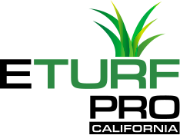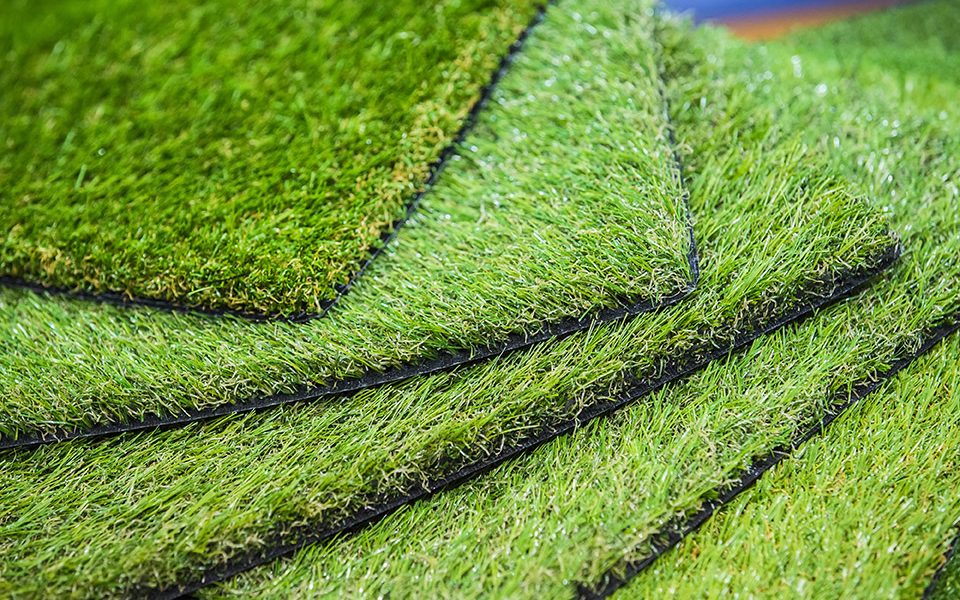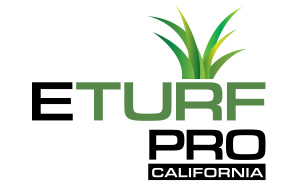Types of Artificial Turf and Their Ideal Applications
Over the years, artificial turf has become the go-to option for most residential and commercial property owners. This is because artificial grass is aesthetically pleasing, highly durable, and requires little maintenance compared to natural grass.
These properties make artificial turfs ideal for property owners with busy lifestyles and who reside in areas with unpredictable weather and drought.
Additionally, artificial turfs are also eco-friendly, and they serve a wide variety of purposes. If you plan to install artificial turf, you will be pleased to learn that there are many types in the market today with different colors, materials, and lengths.
You have many options to choose from depending on what you will use your artificial lawn for, your location, and other factors. So, what is the best type of synthetic turf? Let us look at some kinds of artificial turf and their ideal applications.
Different Types of Artificial Turf Materials
Nylon Artificial Turfs
Nylon is the strongest artificial turf material in the market today. Nylon produces stiff blades that withstand heavy foot traffic and high temperatures without flattening or losing shape or stability.
Nylon artificial turfs are more expensive compared to other options in the market. You can use them for various purposes because you do not have to worry about burning after exposure to direct sunlight.
Due to its hefty price tag, nylon artificial turf is mainly used for backyards and landscaping. Even though nylon artificial turf looks similar to natural grass, it does not respond the same.
As a result, nylon artificial turf is ideal for creating a secondary thatch in most high-end polypropylene and polyethylene turf products to enhance their stability, structure, and strength.
Due to their texture and stiffness, nylon artificial turfs do not feel like the real thing, and they are best for areas where strength and rigidity are required, such as putting greens. In other words, nylon artificial turfs are useful in areas where natural grass would wear out and degrade fast.
Polypropylene artificial turfs
Polypropylene is the least expensive artificial turf material and is ideal for homeowners looking for great landscaping on a budget. While the price tag is great, it is worth noting that polypropylene artificial turfs cannot withstand heavy traffic like nylon. Additionally, this synthetic turf material does not cope well under prolonged heat.
If polypropylene artificial turf receives direct sunlight over a long period, the blades will start to deform and develop an unnatural appearance. Therefore, this is the ideal option if you are looking for an artificial turf that will serve you over a short period on a budget.
Polypropylene artificial turfs provide a softer roll than other materials making them ideal for home putting greens. Additionally, polypropylene artificial turf is flexible and lightweight. This explains why the material is prevalent among homeowners looking for artificial turfs for indoor and outdoor decoration projects.
If you use polypropylene artificial turf, ensure that you use it in smaller spaces you will protect from extreme temperatures.
Polyethylene artificial turfs
Polyethylene makes the closest thing to natural grass in terms of appearance. This explains why the material is prevalent among homeowners who want to replace their natural lawn without compromising the aesthetic appeal.
Polyethylene artificial turf is resilient, soft to the touch, and has a vibrant green color. This material is highly durable, especially with nylon as a secondary thatch. This combination will withstand heavy traffic and abuse without appearing worn-out or degraded.
Polyethylene artificial turfs are mainly used for football, baseball, rugby, and cricket fields. Additionally, artificial turfs made from polyethylene are highly porous, so they do not retain odors like other materials.
This characteristic makes polyethylene artificial turfs ideal for homeowners with pets who do not want to deal with a foul odor. It is also worth noting that polyethylene artificial turfs are easier to maintain than nylon and polypropylene ones. You will only need an occasional brush or rake to remove debris and maintain its aesthetic appeal.
Different Artificial Turf Sizes
Artificial turfs come in long, medium, and short sizes for different purposes. Each size has its advantages and disadvantages. The size you choose will depend on the location and your preferences.
Long artificial turfs
You must be cautious when installing any artificial turf above 37mm in length, as it will flatten and become heavier over time.
Most homeowners usually associate beautiful loans with long blades. However, using a long artificial turf will make your lawn appear unnatural compared to its surroundings. If you have to use longer artificial turf, ensure that you install it where it will not receive heavy traffic.
Medium artificial turfs
The average height for artificial turf ranges between 30mm and 37mm. Such a height is enough to give your artificial turf a natural appearance without the blades flattening. Medium-length artificial turfs are ideal for multipurpose backyards where kids and pets can comfortably without the grass blades flattening.
However, consider the pros and cons of short and long artificial turfs before installing a medium-sized one. This way, you will settle for the perfect in-between.
Short artificial turfs
Even though short artificial turfs appear less natural than long ones, they are still ideal for some purposes. For instance, short artificial turfs are very popular among homeowners with pets.
This is because short synthetic grass blades are gentle on the paws and strong enough to withstand constant foot traffic without flattening. This artificial turf is also a great choice for the interior of a home.
Different Artificial Turf Colors
Green artificial turfs
Artificial turfs are not supposed to have a solid green color since they will appear unnatural. Artificial turf with a dark green, lime, or jungle green color will look more natural. When choosing artificial turf, ensure that you consider your surroundings where you will install it so that it blends well.
Bright colors
Pink, blue, yellow, purple, and orange artificial turfs will not look well in your yard. However, they are ideal for other purposes such as a sunroom, kids’ playground, or adding color to your swimming pool. These colors are also good on sports fields to differentiate the home team’s colors from the visiting team.
Wrapping Up
To choose the ideal type of artificial turf, you should consider its use, how you want it to look, and its lifespan. You should also consider other factors such as the surroundings and children or pets.


